-
 bitcoin
bitcoin $123963.239194 USD
1.37% -
 ethereum
ethereum $4529.082464 USD
1.07% -
 xrp
xrp $2.983640 USD
0.71% -
 tether
tether $1.000287 USD
0.02% -
 bnb
bnb $1179.874393 USD
2.99% -
 solana
solana $230.633678 USD
1.55% -
 usd-coin
usd-coin $0.999835 USD
0.03% -
 dogecoin
dogecoin $0.254240 USD
1.34% -
 tron
tron $0.341176 USD
0.15% -
 cardano
cardano $0.842285 USD
0.52% -
 hyperliquid
hyperliquid $48.537896 USD
-0.86% -
 chainlink
chainlink $21.863092 USD
-0.84% -
 ethena-usde
ethena-usde $0.999743 USD
-0.07% -
 sui
sui $3.579561 USD
-0.18% -
 stellar
stellar $0.403418 USD
2.67%
How to identify cryptocurrency scams?
Watch out for fake ICOs, phishing sites, and promises of guaranteed returns—always verify project teams, use hardware wallets, and never share your private keys.
Sep 22, 2025 at 02:36 am
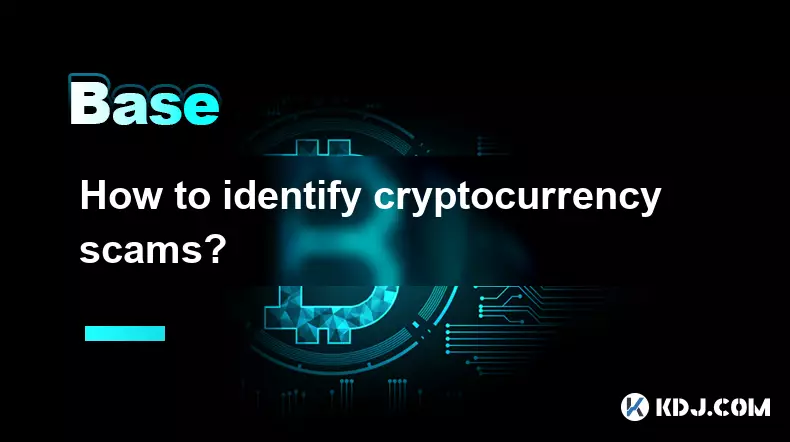
Understanding Common Types of Cryptocurrency Scams
1. Fake initial coin offerings (ICOs) are among the most prevalent forms of crypto scams. Scammers create elaborate websites and whitepapers that mimic legitimate projects, promising high returns with little risk. These fake ICOs often lack technical substance or credible development teams.
2. Phishing schemes target users through deceptive emails or websites designed to look like trusted exchanges or wallets. These sites prompt victims to enter private keys or login credentials, leading to immediate theft of funds.
3. Ponzi and pyramid schemes use new investors’ money to pay fake returns to earlier participants. They rely on constant recruitment and collapse when new investments dry up. Operators often promote these scams through social media influencers or paid advertisements.
4. Impersonation scams involve fraudsters posing as well-known figures in the crypto space, such as Elon Musk or Vitalik Buterin. They host fake giveaways on Twitter or YouTube, claiming to double any cryptocurrency sent to a specific wallet address.
5. Malware-based attacks install malicious software on users' devices to steal wallet information or track keystrokes. These are often distributed through infected links, fake apps, or pirated software.
Red Flags That Indicate a Potential Scam
1. Promises of guaranteed high returns with no risk should always raise suspicion. Legitimate cryptocurrency investments carry volatility and uncertainty; any offer that denies this is likely fraudulent.
2. Lack of transparency around the project team is a major warning sign. If the developers are anonymous or have falsified LinkedIn profiles, it suggests an intent to avoid accountability.
3. Poorly written whitepapers filled with buzzwords but lacking technical details indicate a scam. Authentic projects provide clear roadmaps, tokenomics, and problem-solving mechanisms.
4. Aggressive marketing tactics, including unsolicited messages on social media or Telegram groups pressuring quick decisions, are common in scams. Real projects focus on community building rather than urgency.
5. Unverified smart contracts or unaudited code repositories increase risk. Reputable blockchain projects publish their code on GitHub and undergo third-party security audits.
Practical Steps to Protect Yourself
1. Always verify the official website and social media channels of a project. Check for HTTPS encryption, consistent branding, and verified badges on platforms like Twitter and Discord.
2. Use hardware wallets to store significant amounts of cryptocurrency. These offline devices reduce exposure to online threats and prevent unauthorized access.
3. Enable two-factor authentication (2FA) on all exchange and wallet accounts. Avoid SMS-based 2FA; opt for authenticator apps like Google Authenticator or Authy for stronger protection.
4. Research the development team thoroughly. Look for real names, verifiable work histories, and public appearances at industry events. Reverse image search can help detect stolen profile pictures.
5. Never share your private keys or seed phrases with anyone, regardless of who they claim to be. No legitimate service will ever ask for this information.
How to Verify Project Legitimacy
1. Examine the project’s GitHub repository for regular commits, open issues, and community contributions. A stagnant or empty repository is a strong indicator of a non-functional project.
2. Check if the token is listed on reputable decentralized or centralized exchanges. Scam tokens often appear only on obscure or newly launched exchanges with low liquidity.
3. Review independent audit reports from firms like CertiK, SlowMist, or PeckShield. These assessments identify vulnerabilities in smart contracts and boost trust in the platform’s security.
4. Participate in official community forums and observe moderator activity. Active, responsive teams engage with users and address concerns without banning critical questions.
5. Analyze on-chain data using tools like Etherscan or BscScan. Sudden large transfers to unknown addresses or concentrated ownership among few wallets suggest manipulation.
Frequently Asked Questions
What should I do if I’ve already sent funds to a scam wallet?Immediately stop any further transactions. Report the incident to the exchange where the transfer originated, as some platforms can flag suspicious addresses. While blockchain transactions are irreversible, reporting helps prevent others from falling victim.
Are all anonymous crypto projects scams?Not necessarily. Some privacy-focused projects maintain team anonymity for security reasons. However, anonymity increases risk, so extra scrutiny is required. Look for evidence of credible development progress and community trust.
Can fake crypto apps appear on official app stores?Yes. Fraudulent applications sometimes bypass review processes on Apple App Store or Google Play. Always confirm the developer name matches the official project and read user reviews carefully before downloading.
How do scammers use social proof to manipulate investors?They create fake testimonials, buy bot-generated likes and comments, and fabricate trading volume metrics. Cross-check claims with independent sources and avoid making decisions based solely on apparent popularity.
Disclaimer:info@kdj.com
The information provided is not trading advice. kdj.com does not assume any responsibility for any investments made based on the information provided in this article. Cryptocurrencies are highly volatile and it is highly recommended that you invest with caution after thorough research!
If you believe that the content used on this website infringes your copyright, please contact us immediately (info@kdj.com) and we will delete it promptly.
- BlockDAG, DOGE, HYPE Sponsorship: Crypto Trends Shaping 2025
- 2025-10-01 00:25:13
- Deutsche Börse and Circle: A StableCoin Adoption Powerhouse in Europe
- 2025-10-01 00:25:13
- BlockDAG's Presale Buzz: Is It the Crypto to Watch in October 2025?
- 2025-10-01 00:30:13
- Bitcoin, Crypto, and IQ: When Genius Meets Digital Gold?
- 2025-10-01 00:30:13
- Stablecoins, American Innovation, and Wallet Tokens: The Next Frontier
- 2025-10-01 00:35:12
- NBU, Coins, and Crypto in Ukraine: A New Yorker's Take
- 2025-10-01 00:45:14
Related knowledge

How does cryptocurrency achieve decentralization?
Sep 30,2025 at 04:37am
Understanding the Foundation of Decentralization in Cryptocurrency1. Cryptocurrency achieves decentralization primarily through the use of blockchain ...
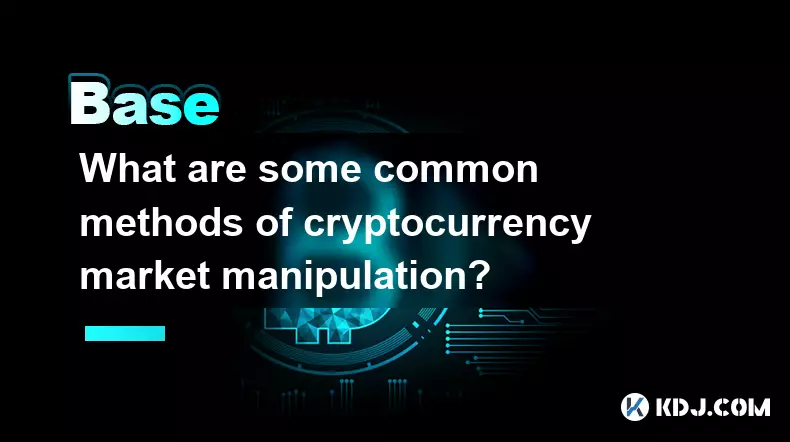
What are some common methods of cryptocurrency market manipulation?
Sep 27,2025 at 02:55am
Wash Trading and Its Impact on Market Perception1. Wash trading involves an individual or entity simultaneously buying and selling the same cryptocurr...
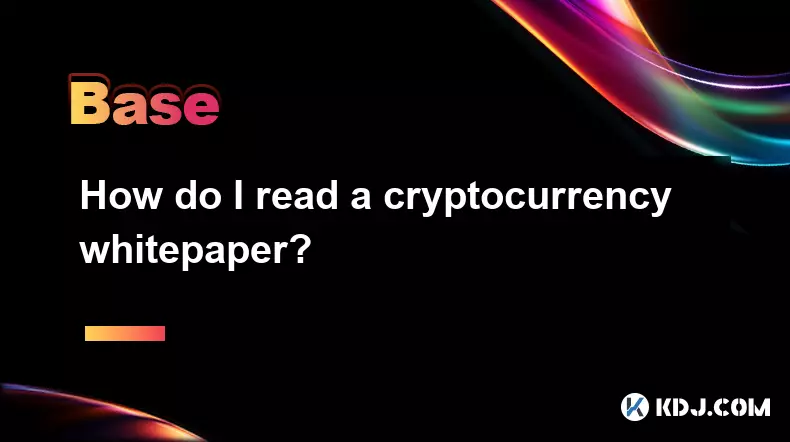
How do I read a cryptocurrency whitepaper?
Sep 27,2025 at 05:54am
Understanding the Structure of a Cryptocurrency Whitepaper1. Begin by identifying the executive summary, which outlines the project’s core vision and ...
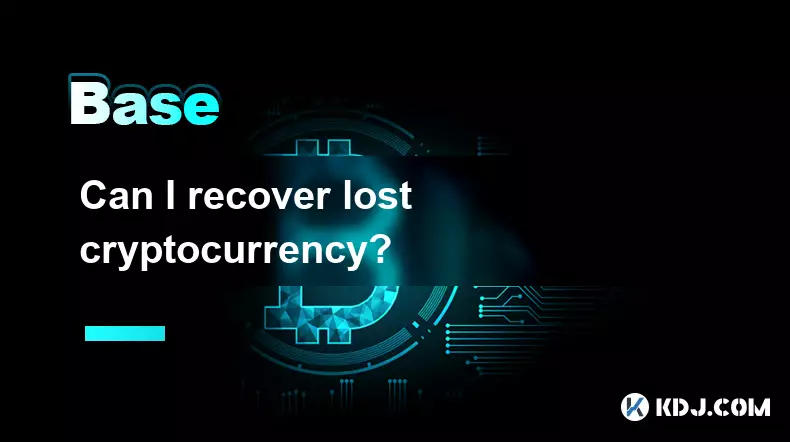
Can I recover lost cryptocurrency?
Sep 25,2025 at 08:18am
Understanding the Nature of Cryptocurrency Loss1. Cryptocurrency operates on decentralized networks, meaning there is no central authority to reverse ...
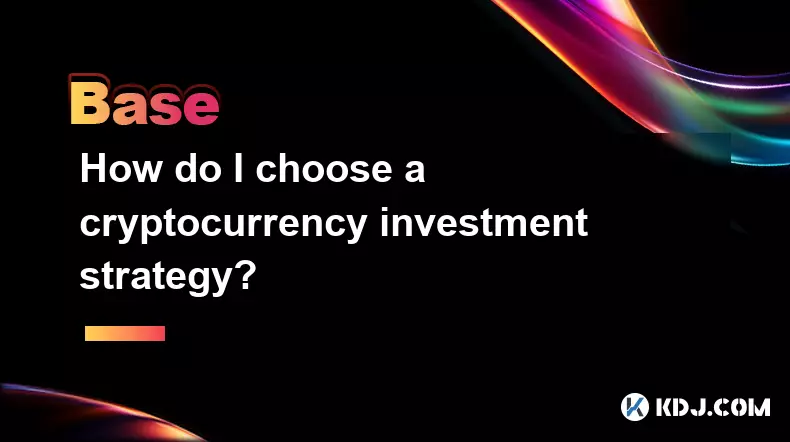
How do I choose a cryptocurrency investment strategy?
Sep 27,2025 at 03:55pm
Understanding Risk Tolerance in Crypto Investing1. Assessing personal risk tolerance is a foundational step when entering the cryptocurrency market. V...

How can I earn passive income from cryptocurrency?
Sep 23,2025 at 10:18am
Staking Cryptocurrencies for Regular Returns1. Many blockchain networks operate on a proof-of-stake (PoS) consensus mechanism, allowing users to earn ...

How does cryptocurrency achieve decentralization?
Sep 30,2025 at 04:37am
Understanding the Foundation of Decentralization in Cryptocurrency1. Cryptocurrency achieves decentralization primarily through the use of blockchain ...

What are some common methods of cryptocurrency market manipulation?
Sep 27,2025 at 02:55am
Wash Trading and Its Impact on Market Perception1. Wash trading involves an individual or entity simultaneously buying and selling the same cryptocurr...

How do I read a cryptocurrency whitepaper?
Sep 27,2025 at 05:54am
Understanding the Structure of a Cryptocurrency Whitepaper1. Begin by identifying the executive summary, which outlines the project’s core vision and ...

Can I recover lost cryptocurrency?
Sep 25,2025 at 08:18am
Understanding the Nature of Cryptocurrency Loss1. Cryptocurrency operates on decentralized networks, meaning there is no central authority to reverse ...

How do I choose a cryptocurrency investment strategy?
Sep 27,2025 at 03:55pm
Understanding Risk Tolerance in Crypto Investing1. Assessing personal risk tolerance is a foundational step when entering the cryptocurrency market. V...

How can I earn passive income from cryptocurrency?
Sep 23,2025 at 10:18am
Staking Cryptocurrencies for Regular Returns1. Many blockchain networks operate on a proof-of-stake (PoS) consensus mechanism, allowing users to earn ...
See all articles










































































